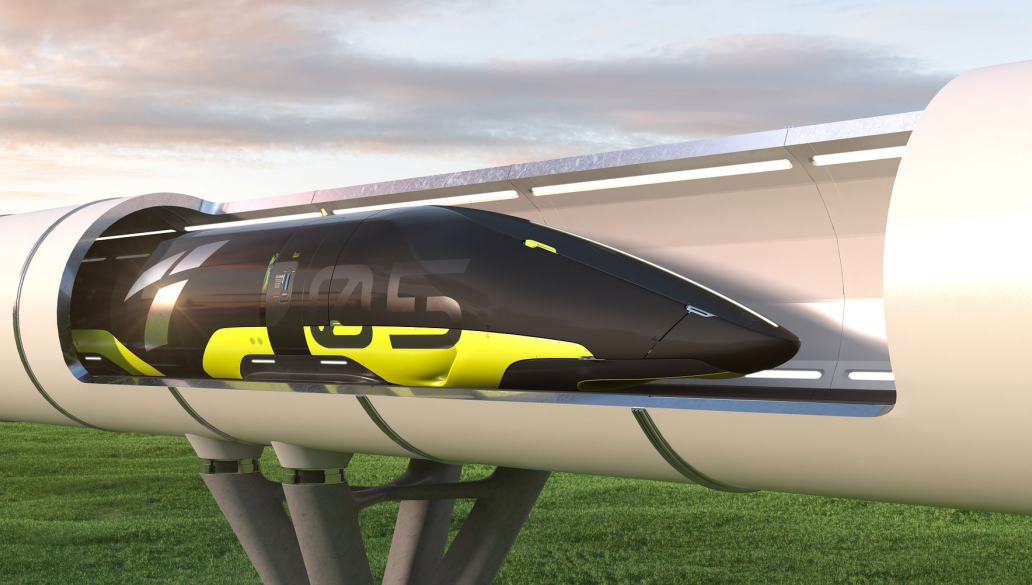ALLPLAN supports revolutionary traffic project Hyperloop
Engineers at the Technical University of Munich (TUM) are making transportation history: After winning all four competitions for the fastest prototypes, the TUM Hyperloop team is now building the first full-scale prototype - including the vacuum tube. The prototype of the high-tech concrete tube is being designed using Allplan.
Research team relies on Allplan for Hyperloop vacuum tube design
Munich, March 3, 2022 - Engineers at the Technical University of Munich (TUM) are making transportation history: After winning all four competitions for the fastest prototypes, the TUM Hyperloop team is now building the first full-scale prototype - including the vacuum tube. The prototype of the high-tech concrete tube is being designed using Allplan.
A research team of 94 members and 29 different nationalities, including professors, research associates and students are working to turn the vision of climate-neutral travel at hyperspeed into reality. In the process, not only a life-size prototype of the electromagnetically powered passenger capsule but also a 24-meter-long piece of the Hyperloop vacuum tube will be developed by the end of 2022. The capsules are expected to one day float at a speed of 1,000 km/h through the tube, which will run above ground as well as underground, regardless of the weather.
Allplan for the tube
The research group working on the design of the vacuum tube decided to use Allplan for the design of the concrete structure. The reason for this lies in the positive experience the young engineers were able to gain with the software during their studies - especially with regards to powerful general arrangement and reinforcement design.
"We are delighted to be able to support these dedicated young researchers in developing technology for a sustainable future of mobility and are completely excited about making transport history with the Hyperloop team," says Karin Schmidt, Head of Education at ALLPLAN.
Project in three steps
The project has been running since 2019 and comprises three topics: The first, simulation, involves the creation of computational tools and models that serve an overall evaluation of the system and provide important input for decisions in the development process. The second area consists of building a 24-meter real-scale demonstrator to evaluate the design and collect data for future models. In parallel with the completion of the demonstrator, the third area will examine feasibility outside the laboratory. The potential of the system developed will be analyzed under financial, market, environmental and safety aspects.

